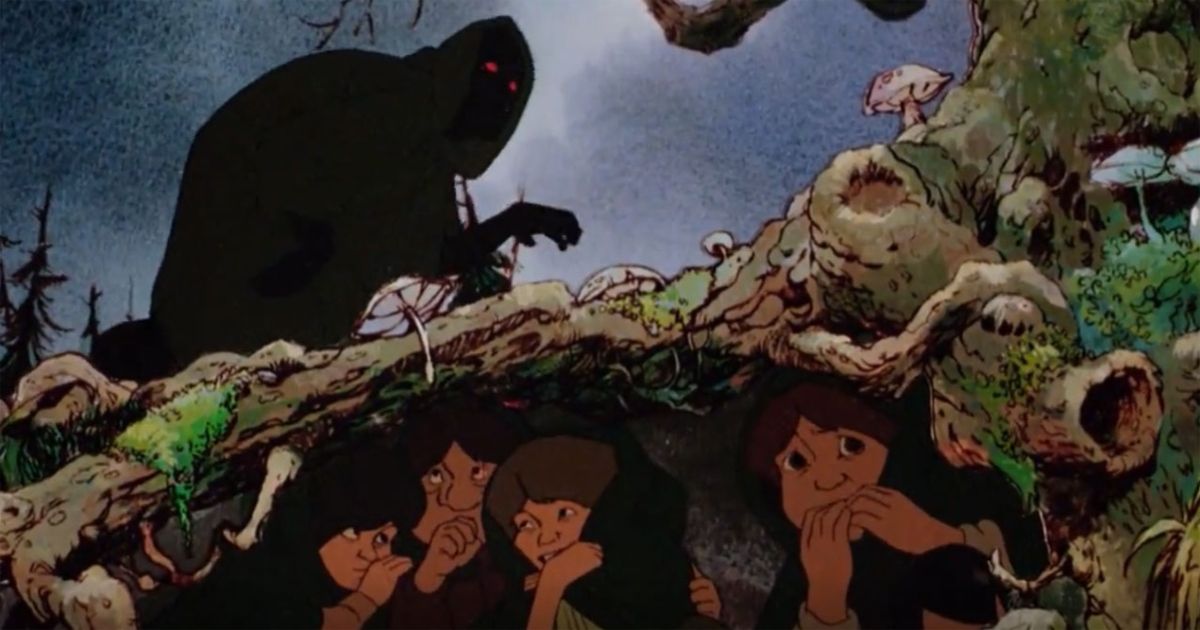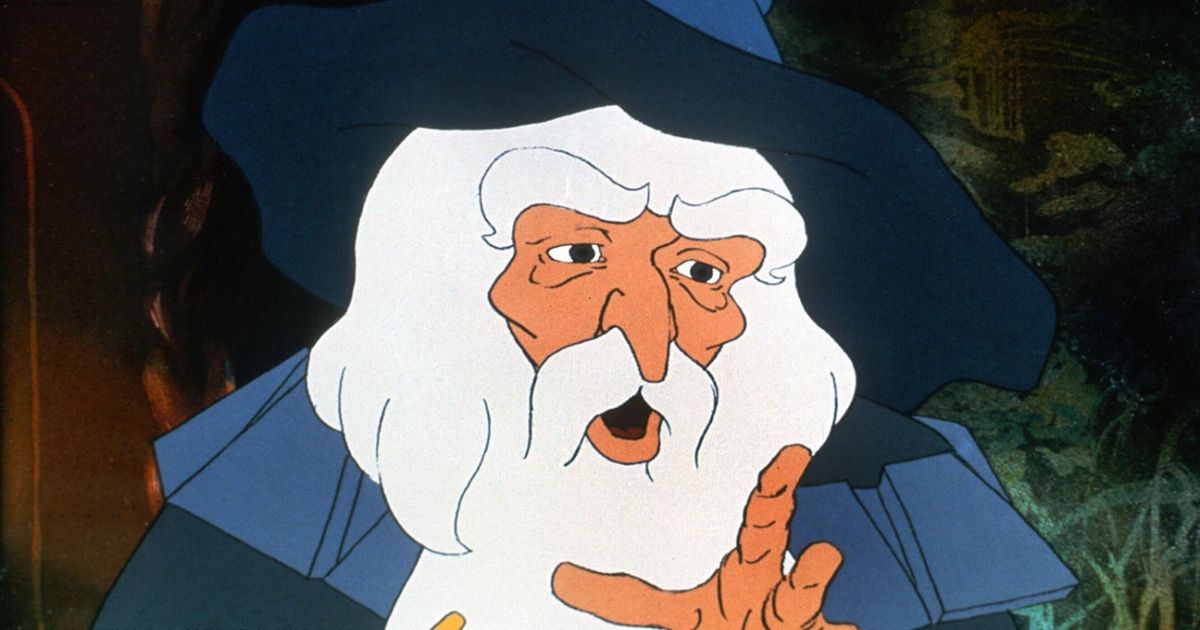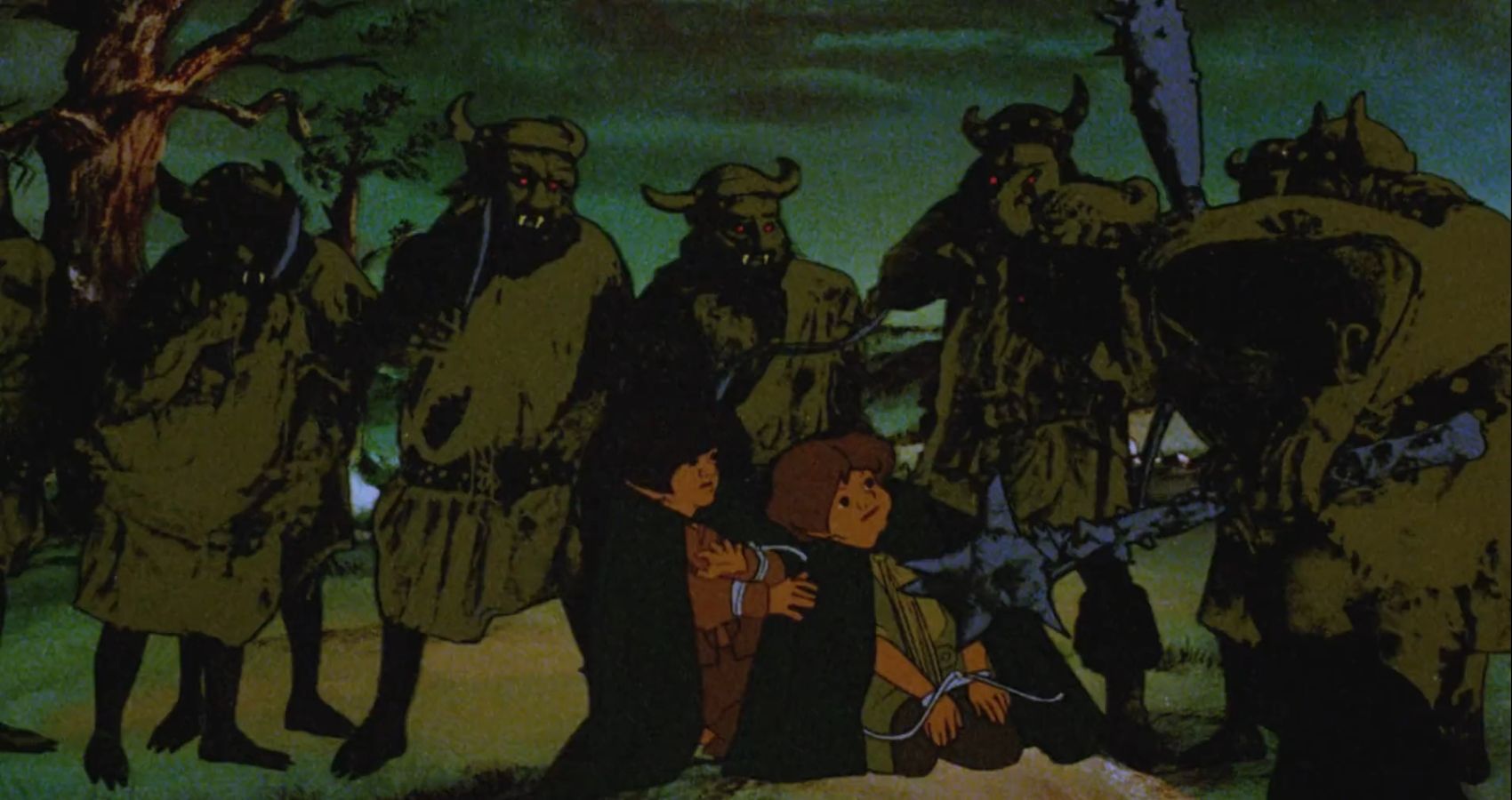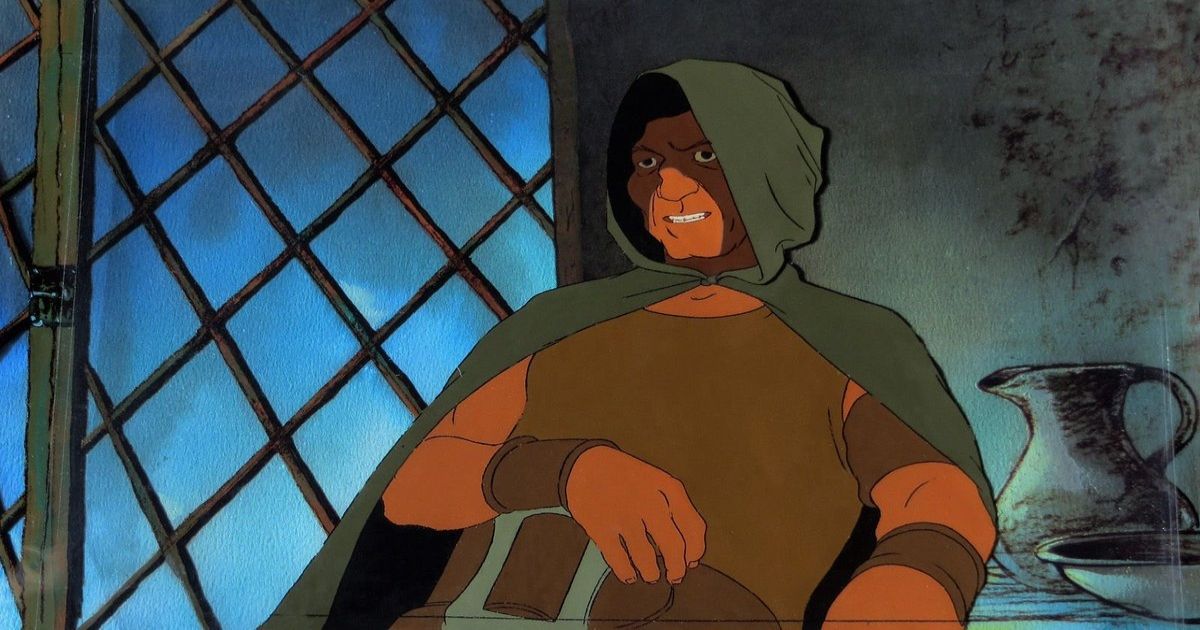When a majority of people consider what J.R.R. Tolkien’s The Lord of the Rings looks like on film, they will immediately think of Peter Jackson’s trilogy of movies that were released in the early 2000s. It’s no wonder why, as those films have thoroughly earned their place in film and pop culture history. Not only were they immensely successful at the box office, with the final chapter The Return of the King pulling in more than a billion dollars in global receipts, but the films were also incredible critical hits as well. All three would be nominated for Best Picture at the Academy Awards (among many other Oscar nominations and wins) and The Return of the King won all 11 of the Oscars it was nominated for. While there are certainly die-hard Tolkien fans that have their issues with the Jackson films, they are, on the whole, considered to be some of the best book-to-screen adaptations of all time. Now, Amazon is attempting to build off that success with its Prime Video series, The Lord of the Rings: The Rings of Power.
Even though Jackson’s The Lord of the Rings trilogy is without a doubt the defining adaptation of the material, it is not the only one. In fact, there have been several attempts to bring Tolkien’s legendary story to screens in the years since the book's initial release in the mid-1950s. Following the Rankin/Bass animated television special of The Hobbit in 1977, filmmaker Ralph Bakshi tried his hand at adapting Tolkien’s lengthiest and most detailed story, The Lord of the Rings. Bakshi’s adaptation of The Lord of the Rings hit theaters in 1978, and for over two decades it would be the most well-known adaptation of Tolkien’s work. Now, nearly 45 years after its release, the film exists in an interesting space within the world of Tolkien. Here’s what sets it apart from the adaptations that have followed and how the film has aged in the near half-century since its release.
How It Adapts the Material
Bakshi’s The Lord of the Rings is a fairly faithful, yet overly simplified telling of Tolkien’s magnum opus. Fans of the series will know that Tolkien wrote The Lord of the Rings as one supremely long book, but economic and publishing issues forced Tolkien to divide the epic into three separate novels; hence were born the individual books of The Fellowship of the Ring, The Two Towers, and The Return of the King. Bakshi’s The Lord of the Rings does not follow this structure of the story. Instead of focusing solely on The Fellowship of the Ring, or alternatively attempting the momentous task of adapting The Lord of the Rings as a complete story, Bakshi tackled the events of both The Fellowship of the Ring and The Two Towers in his film.
As a result of condensing the first two novels of The Lord of the Rings into one film that runs just over two hours and ten minutes long, Bakshi’s adaptation of the material is pretty rushed. It flies through the key moments of the story, quickly jumping from one to the next without wasting any time. While this substantial condensing of the material certainly leads to the exclusion of many of the books’ best moments, such as the Hobbits’ adventures between Bag End and Bree and the relentlessly jubilant forest-dweller Tom Bombadil, Bakshi still somehow manages to tell a pretty complete series of events in the film. All the weighty moments of the story are there, even if they are significantly shorter than they deserve to be.
The events of The Fellowship of the Ring take up a majority of the film’s run-time. Nearly two-thirds of the movie is dedicated to the adventures of that first novel of the story, with all the plot and characters’ stories from The Two Towers crammed into the last act of the movie. With that, there is very little time spent establishing the people of Rohan before the climactic Battle of Helm’s Deep. Additionally, Frodo and Sam’s journey with Gollum to Mordor is also greatly abridged. There’s barely a thought given to the hills of the Emyn Muil and the Dead Marshes, while Faramir and the Rangers of Ithilien are omitted altogether. The film ultimately concludes at a similar point to Jackson’s adaptation of The Two Towers, with many heroes recuperating after the Battle of Helm’s Deep and Gollum leading Frodo and Sam up to the lair of the spider Shelob.
The Animation Style
Like the Rankin/Bass version of The Hobbit the year before, Bakshi’s The Lord of the Rings is an animated adaptation of the source material. Through animation, the creative hands of Bakshi and the rest of the film’s production team were much freer to do what they wanted. They were not bound by the limitations of what they could make believable in live action. Because of that, the hand-painted backgrounds and settings of the film are beautiful and extensive. They build out the lands of the Shire, Eriador, the Misty Mountains, and more with grand visuals that do their best to bring to life the descriptions from Tolkien’s work. The only stark change from the books is the look of Rivendell, which appears to have a much more Eastern-inspired design than what Tolkien outlined in the text. This kind of exploration of Middle-Earth through animation isn't over either, as Warner Bros. is developing an animated film titled The Lord of the Rings: The War of the Rohirrim for a theatrical release in 2024.
One of the most visually striking aspects of Bakshi’s The Lord of the Rings is the result of the use of rotoscoping for much of the film’s more action-oriented sequences. This entailed actually filming some scenes in live-action and then animating and drawing directly over those film cells to capture the complex natural movements of all the characters. Some of the most notable sequences that utilize this approach are inside of the Prancing Pony in Bree; the chase inside the Mines of Moria, and most of the scenes with the Riders of Rohan. It’s an interesting idea to incorporate into an animated film like this, but real problems arise when the rotoscope animation is mixed with traditional 2D animation. Most of the main characters in the story are animated in a traditional 2D fashion, and when they interact with rotoscoped characters it just looks really strange. It’s two different animation styles being thrown in together and forced to interact with one another. Instead of complimenting one another, they end up clashing and becoming more of a distraction than anything.
Another element of Bakshi’s The Lord of the Rings animation that doesn’t hold up super well with time is the various creature designs. While the Nazgûl are as terrifying as ever, many of the other creatures leave a lot to be desired. The Gollum design is fine. It gets the point of the character across, but it’s not necessarily the most memorable or striking part of the film. The design of the orcs, the Balrog and Treebeard the Ent, however, have not aged well. It’s painfully clear that the orcs are just people wearing masks that have been rotoscoped over. The Balrog suffers the same fate to a worse degree, as the showdown between the demon and the 2D-animated Gandalf only accentuates the cheap and rubbery feel of the Balrog's design. Treebeard is a completely different story. The ancient Ent is brought to life entirely with 2D animation, but the way he is drawn is way too cartoony for the tone this film has set. It feels like something straight out of an old Disney movie from the ‘40s or ‘50s, which is completely out of place in Bakshi's eccentric adaptation of Tolkien.
Now, despite the visuals of these specific characters, it should be noted that Bakshi’s The Lord of the Rings is still an extremely fascinating visual depiction of Tolkien’s world and story. The film has a very stylized and varied use of color, and it often has entire tints applied to specific scenes and sequences. While some of it hasn’t held up well with time, there’s no denying that this is a very purposeful and artistic interpretation of The Lord of the Rings on screen. It’s obvious that there was a lot of hard work and care that went into bringing the visuals of this epic story to life for this film. For that alone, it’s at the very least worth checking out if you’re a fan of the material.
Overall Impression and Legacy
While the Bakshi adaption of The Lord of the Rings has largely been lost to time and overshadowed by Jackson’s trilogy of films, this iteration of the story still makes for an interesting way to engage with Tolkien's material. Bakshi’s approach to the story and its presentation is immensely different from Jackson’s. It’s apparent that Bakshi had a very specific idea and take on this story. The filmmaker stuck as close as he could to the source material within the parameters that he was given to make the film. Considering those bounds of budget and story length that the studio behind the film, United Artists, gave to Bakshi, he actually did a pretty decent job of bringing the epic adventure of The Lord of the Rings to life.
When Bakshi set out to adapt The Lord of the Rings, he initially wanted to make it into three films, likely following the established stories of The Fellowship of the Ring, The Two Towers, and The Return of the King. However, budgetary restraints and studio notes forced the story to be condensed into two films, which were intended to be titled The Lord of the Rings: Part One and Part Two. It's a somewhat opposite situation to Jackson's films, which were planned as two movies before being expanded into three. When this film was ultimately released solely titled as The Lord of the Rings, it actually performed decently well at the box office. It pulled in over $30 million off a budget of less than a third of that. However, the general dissatisfaction from fans and the lack of interest in the project from the general public led to the cancelation of Part Two, which had already been scripted and story-boarded.
Bakshi’s The Lord of the Rings is often considered to be part of a trilogy of sorts, though notably not in the way the filmmaker had intended. The first part of this trio is the aforementioned adaptation of The Hobbit from Rankin/Bass, then there is Bakshi’s film as the middle chapter, and the final part is The Return of the King, which was another Rankin/Bass film which adapted the third part of The Lord of the Rings and was released in 1980. There was a complicated legal dispute between the Tolkien Estate, Fantasy FIlms (who produced Bakshi's film) and Rankin/Bass over whether or not the Rankin/Bass production of The Return of the King was even legally allowed, but that's a much larger story. At the end of the day, that dispute was ultimately settled, Bakshi’s The Lord of the Rings: Part Two never happened, and now The Return of the King operates as an odd third chapter in an even odder Tolkienian trilogy of animated films.
Bakshi can still hold his head high, though, as, of these three animated adaptations of Tolkien’s material, it is Bakshi’s The Lord of the Rings that still holds the most water. It is clearly the film with the most passion for the material behind it, and it has a much stronger creative voice than the other two. While it still may not be the defining adaptation of The Lord of the Rings that everybody knows and remembers, it does have a bit of a cult following. There are people who love the oddity of Bakshi’s take on Tolkien’s legendary tale. It’s an intriguing chapter in the history of Middle-Earth on-screen, and it’s certainly worth visiting for any fan of the material.




